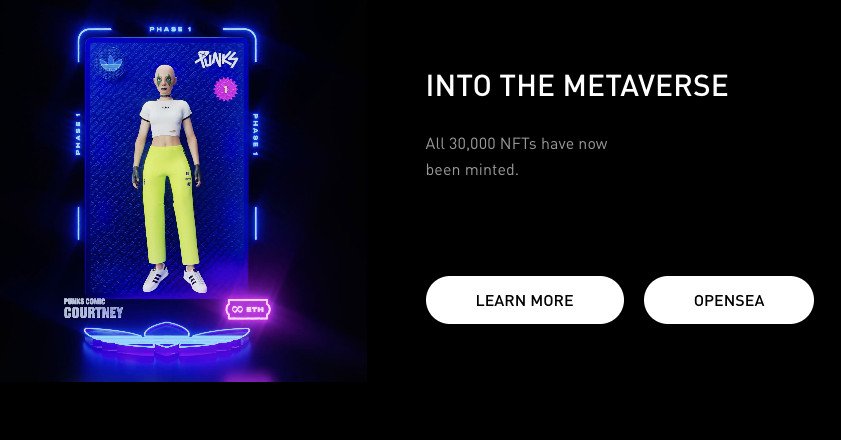

Furthermore, if you want to go full-time crypto, make sure to check out other valuable courses at Moralis Academy.We’re happy to announce our set of Questober quests with our partner game, Apeiron. By doing so, you’ll learn this easy-to-use universal programming language in the best way possible to use it for blockchain development. However, in case you don’t know JavaScript yet, we encourage you to enroll in Moralis Academy’s 2021 JavaScript Programming for Blockchain Developers course. Moreover, they can subsequently create all sorts of phenomenal decentralized applications.
#OPENSEA CLONE X HOW TO#
For instance, you can learn how to mint NFTs without gas fees ( lazy mint NFTs), how to create a Reddit clone for Web3, how to send Ethereum transactions with one line of code, how to generate thousands of NFTs, how to create an Ethereum chat app, and much more.Īnyone proficient in JavaScript and able to use MetaMask qualifies for working with Moralis.

#OPENSEA CLONE X FREE#
On both of these outlets, you can find a ton of free content explaining various aspects of blockchain development and various example projects. If you’ve enjoyed this example project, we invite you to visit Moralis’ YouTube channel and Moralis’ blog. Furthermore, by using the Web3 boilerplate’s components, you’ve also been provided with a clean user interface. As a matter of fact, aside from using a smart contract template, you only had to deal with frontend development. By exploiting Moralis and the ultimate Web3 boilerplate, you’ve been able to completely avoid dealing with countless tedious and time-consuming steps of blockchain development. If you’ve completed all of the steps above, you should now have a fully functional OpenSea clone on your hands. Create an OpenSea Clone: Build an NFT Marketplace Like OpenSea – Summary
#OPENSEA CLONE X CODE#
In addition, we also made the entire code of the “create your own OpenSea” quest available at GitHub. It clearly covers all of the setups and previews covered above, as well as the Web3 boilerplate tweaks and additional coding to create a fully functional OpenSea clone on the Mumbai testnet. Moreover, this is also where you’ll be introduced to your Moralis database, which is another powerful aspect of Moralis’ SDK.īelow is the video that we’ve been referencing throughout this article.
#OPENSEA CLONE X FULL#
Furthermore, to gain full functionality of your OpenSea clone, he will also guide you through the process of setting up “listeners” for your smart contract events (46:30). Once this is done, he will show you how simple it is to use smart contracts when working with Remix (44:03). He will first show you how to add menu tabs relevant to an NFT marketplace and make them functional. Beyond the Web3 BoilerplateĪs mentioned previously, we will now hand you over to one of Moralis’ experts that’ll guide you through the rest of this project (video below starting at 9:50). Moreover, we tackle this interesting part in the next section. As such, this is an excellent starting point for further programming to create your own OpenSea clone.

Then, enter the server name (this can be anything you want), select region, network, and chain(s) (we used Mumbai’s testnet) in the pop-up window:Īt this point, you can already see some similarities with our OpenSea clone (as presented in the “OpenSea Clone Preview” section). However, to make your dApps available to users, you’ll need to select “Mainnet Server”. The “Testnet Server” option ( connect to Ethereum testnets ) is usually the best option when working on new projects. Next, select the network type that best suits your needs from the drop-down menu. Then, click on the “+ Create a new Server” button (top-right corner). However, if you already have an active Moralis account, just log in.Ĭreate a Moralis Server – Once logged in, click on the “Servers” option of your Moralis admin area. Then, enter your email address, create your password, and click the confirmation link that will be sent to you. Create Your Free Moralis Account – Create your free Moralis account at Moralis.Here are the steps that will guide you through the process: If you’d like to use the ultimate Web3 boilerplate or build your completely unique dApp using Moralis’ Web3 API, you need to set up your Moralis server. Note : Instead of using “yarn”, you may also use the “npm” package manager.


 0 kommentar(er)
0 kommentar(er)
